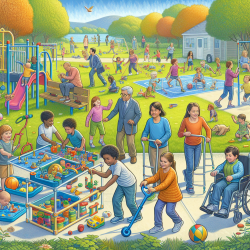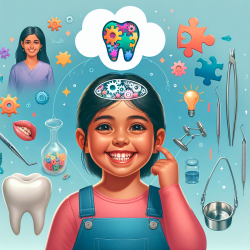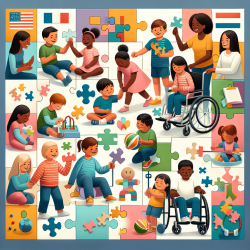Introduction
In the realm of health communication, effectively conveying complex information is crucial, especially when it comes to air quality and its impact on health. The study titled Visualizing the Invisible: Visual-Based Design and Efficacy in Air Quality Messaging offers valuable insights into how visual-based designs can enhance message comprehension and influence protective behaviors. This blog explores how practitioners, particularly those working with children, can leverage these findings to improve communication strategies and outcomes.
The Power of Visual Communication
Visual communication has long been recognized as a powerful tool for enhancing comprehension and retention of information. The study utilized a 2x2 experimental design to assess the effects of message design (visual vs. text) and efficacy (high vs. low) on comprehension, source credibility, and protective behavioral intentions. Results indicated that visual-based messages significantly improved comprehension compared to text-based messages.
For practitioners, this underscores the importance of incorporating visual elements into communication strategies, particularly when working with children who may benefit from visual aids to better understand health-related information.
Applying Findings to Practice
To effectively apply these findings, practitioners can consider the following strategies:
- Incorporate Visual Aids: Use images, diagrams, and videos to explain complex health concepts. This can be particularly beneficial in speech-language pathology, where visual cues can aid in language comprehension and retention.
- Enhance Message Efficacy: Ensure that health messages are not only visually engaging but also high in efficacy. This means providing clear, actionable steps that individuals can take to protect their health.
- Tailor Communication to the Audience: Consider the specific needs and preferences of your audience. For children, this might involve using colorful, engaging visuals that capture their attention and make the information more relatable.
Encouraging Further Research
While the study provides a strong foundation for understanding the impact of visual-based design in health communication, further research is needed to explore its application across different populations and settings. Practitioners are encouraged to engage in ongoing research and experimentation to refine their communication strategies and improve outcomes for their clients.
Conclusion
Incorporating visual-based design into health communication can significantly enhance comprehension and encourage protective behaviors, particularly in vulnerable populations such as children. By leveraging these insights, practitioners can improve their communication strategies and ultimately create better health outcomes for their clients.
To read the original research paper, please follow this link: Visualizing the Invisible: Visual-Based Design and Efficacy in Air Quality Messaging.










